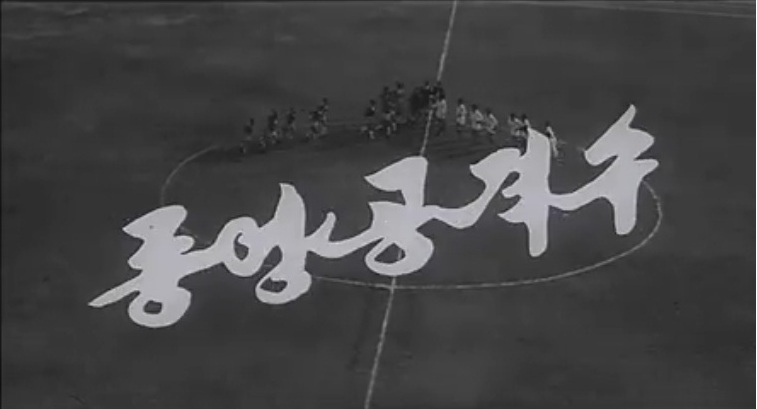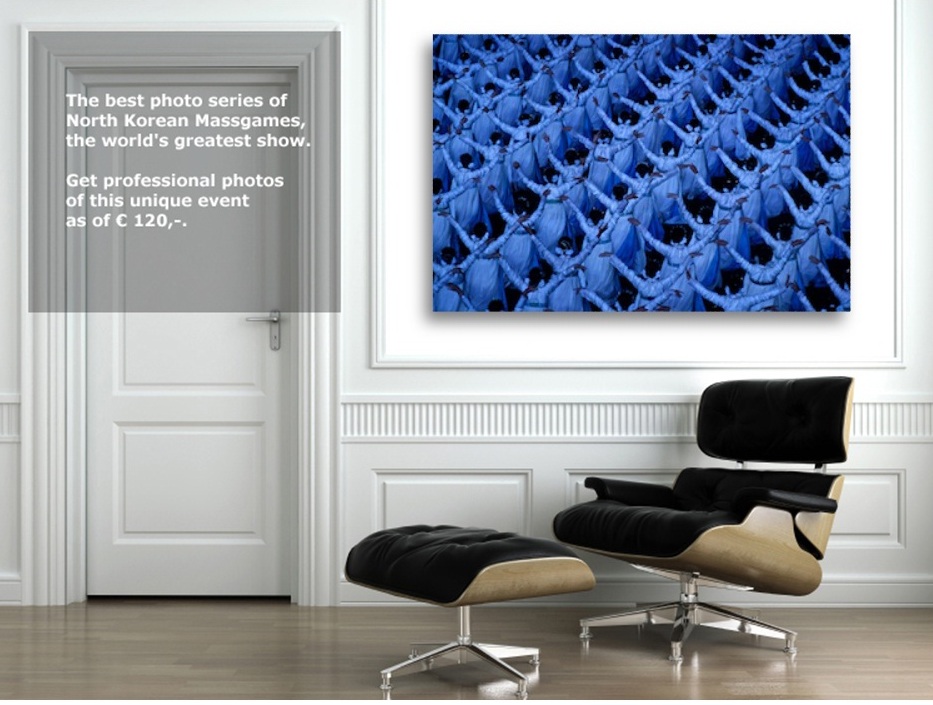Geoffrey Cain writes in Time:
Few investors can boast the one-of-a-kind global pedigree of Felix Abt. Since 2002, the Swiss businessman has found his calling as a point man for Western investments in — of all places — North Korea, where he helped found the Pyongyang Business School in 2004. He also presided over the European Business Association in Pyongyang, a group in the capital that acts as a de facto chamber of commerce. A few years ago, that position led him to help set up the first “European Booth” featuring around 20 European companies each year at the Pyongyang Spring International Trade Fair, an annual gathering of 270 foreign and North Korean companies currently underway in the hermit kingdom until Thursday.
Yet Abt, 55, who lives in Vietnam and therefore won’t be attending the trade fair this year, laments the giant cloud hanging over the country: in recent years, political turmoil on the peninsula has raised the stakes even further for doing business in North Korea — even for the country’s main patron, China. Though investors have always faced the prospect of sanctions, he says, the situation has worsened after the United States ratcheted up sanctions on the government in 2006 on allegations that it was counterfeiting U.S. dollars. And in 2006 and 2009 the Kim Jong-il regime tested two small nuclear bombs, prompting heavier sanctions from the United Nations in 2006. Recently, tensions with Seoul have spiked over the March sinking of a South Korean corvette in waters near the North.(See pictures of the rise of Kim Jong-il.)
Those measures hit home for Abt. While he was running a pharmaceutical company in Pyongyang called Pyongsu in the mid-2000s, he learned that the U.N. Security Council had imposed sanctions on certain chemicals — a move that could have forced him to completely stop manufacturing medicine. Thankfully, he adds, he had already secured a large stock of the substance beforehand. “Whatever business you are involved in,” he says, “some day you may find out that some product or even a tiny but unavoidable component is banned by a U.S. or U.N. sanctions because it can, for example, also be used for military purposes.”
Those dilemmas haven’t stopped Abt. In 2007, he co-founded an information technology firm in Pyongyang called Nosotek, whose 50 or so employees design software applications for the iPhone and Facebook. The venture has already seen its share of success: one of its iPhone games ranked first in popularity for a short while on Apple’s Top 10 list for Germany — though he can’t name the software out of concern for protecting his contractors from bad publicity.(See pictures of North Koreans at the polls.)
For some companies, the stigma of a “Made in North Korea” label matters less than the competitive edge gained from having low overhead costs and a diligent workforce whose wages remain less than outsourcing powerhouses like China, Vietnam and India. In the past, North Korea has attracted the interest of multinational corporations looking for cheap labor in fields as diverse as electrical machinery and cartoon animation. Yet few multinationals show their faces at this month’s fair, a decline from the early 2000s when Abt says they were appearing regularly to look for opportunities in electricity, infrastructure, transportation and mining.
Not all foreign ventures in the North are driven by profit margins alone. The 2005 animated Korean movie Empress Cheung, a popular fantasy film drawn jointly by South and North Korean animators, brought attention to the animation industry in North Korea. Nelson Shin, head of the Seoul-based animation studio that started the project, claims he worked with North Korea for a greater cause than cheap labor. “It wasn’t so much because of cost efficiency as because of cultural exchange between the two Koreas,” he says.
For a country so poor, North Korea has churned out a remarkable number of talented engineers and scientists who fuel some of these small sectors (along with its controversial nuclear weapons program). In the 1960s and 1970s, the government pushed the country to become self-sufficient through development projects, a part of its ideology of “Juche” that promotes absolute autonomy from foreign powers. The communist regime of Kim Il-sung prided itself on its universities and public housing system, in particular. “It was an advance from pre-World War II days,” says Helen-Louise Hunter, a former CIA analyst now in Washington, D.C., who researched North Korea during those decades. “Kim Il-sung was genuinely interested in improving his people’s standard of living, and was off to a good start in a couple of areas compared to South Korea in those early days.”
Yet North Korea fell behind after the South’s own military dictators put their country into industrial overdrive throughout the 1970s and 1980s. Then the Soviet Union collapsed in 1989, depriving North Korea of valuable aid. Then came a famine in the mid-1990s that delivered the final blow, leaving up to 3 million people dead and crippling the capacities of the already isolated state.
Today, the pariah regime of Kim Jong-il is allegedly known to raise money through illicit activities like trafficking narcotics and money laundering. But it’s not known how much those activities figure into the country’s GDP of $28.2 billion in 2009 and its $2 billion worth of exports in 2008, the most recent year data is available. “Not that much income comes from illegitimate operations if you mean drugs and counterfeited dollars,” says Andrei Lankov, a North Korea expert at Kookmin University in Seoul. “More come from arms sales, though, but I would not describe this as an illegitimate trade.”
Abt shakes off the image of Pyongyang being the center of a mafia state. He sees himself and other foreign investors as the potential movers and changers of Kim’s hermit regime. “Cornering a country is ethically more questionable than engagement,” he says. “Foreigners engaging with North Koreans are change agents. The North Koreans are confronted with new ideas which they will observe and test, reject or adopt.”
Read the full story here:
Can North Korea Be Safe for Business?
Time
Geoffrey Cain
5/20/2010


